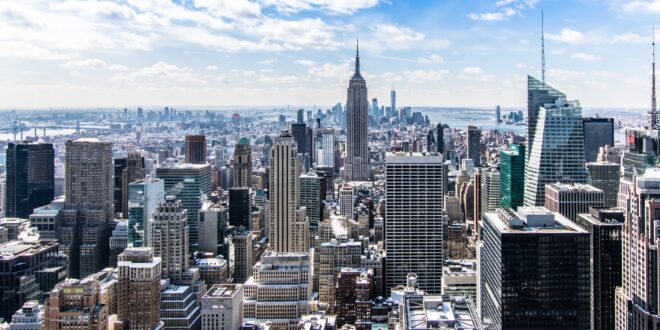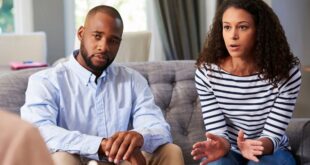As New York proceeds with slowly re-opening its economy in the upcoming weeks, residents are beginning to dream and envision how the state will look after months of lockdown and self-isolation caused by the COVID-19 pandemic. New York seems to be past the peak stage, giving Governor Andrew Cuomo motive to commence the gradual re-opening by first allowing lower risk businesses back to work.
To provide an idea as to how the state will emerge in the coronavirus’ aftermath, Gertrude Robertson, an occupational therapist in Brooklyn, New York, describes reasonable images to expect.
New Day, New Way
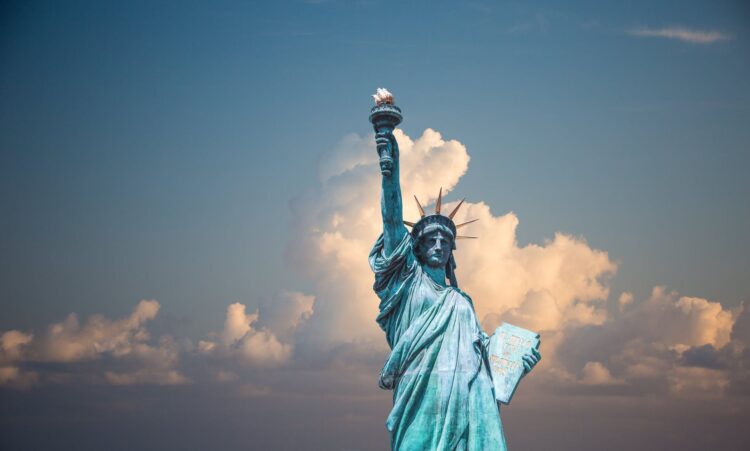
Although New York reduced restrictions in multiple regions (Central New York, the Finger Lakes, the Southern Tier, Mohawk Valley, and North Country) last week, people will need to adjust adequately continuously, Gertrude Robertson says.
Various guidelines are in place for retail business owners. For curbside pickups, employees and purchasers are both urged to wear masks, as well as gloves, while hand sanitizer must be constantly available. In-store pickups have a few extra rules to follow: orders are to be placed ahead of time; social distancing is necessary for the store; at no point is a store to permit more than 50% of its maximum occupancy; patrons and employees must wear masks (again, gloves are preferred as an additional precaution); and hand sanitizer is crucial.
During this initial phase, the public will also act responsibly and uphold their own requirements: a person is advised to wear a mask if they come within six feet of another individual; consumers engaging in a curbside pickup must wear a mask and social distance; store owners shall prohibit entry to anyone who does not arrive with a mask (the exceptions are children under the age of two or someone with a preventative medical condition), and construction or manufacturing employees must wear a mask when social distancing is not an option.
Memorial Day is rapidly approaching and New York has declared that beaches may open on Friday before said weekend, albeit with a number of caveats: a beach can mandate no more than 50% capacity; controlled entrances and exits are to be arranged, while limited parking is also enforced; group contact activities are prohibited, including group sports such as volleyball and football; areas that are generally reserved for social gatherings will be closed; employees and visitors will both adhere to social distancing measurements; when social distancing is impossible, all individuals will wear masks; concession areas will be closed, and a sufficient number of staff are to be present to achieve these goals and maintain crowd control.
New York has reached a huge milestone, but it is clear that complete normality and the regular, free existence that was savored prior to the COVID-19 pandemic is still a way’s away.
Meticulous Monitoring
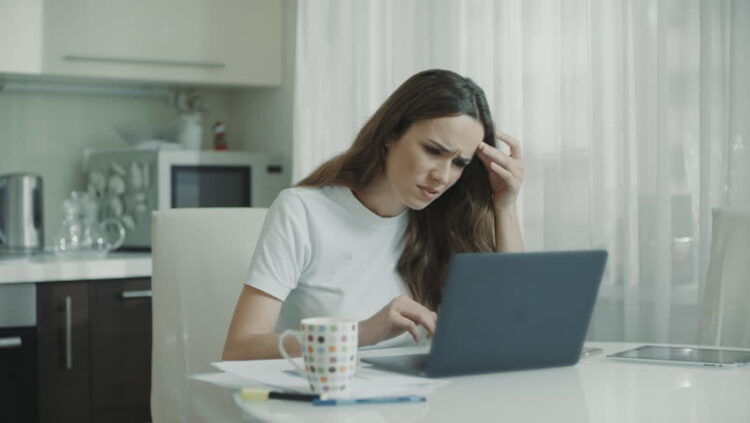
Businesses and state officials will be watchful over the next few weeks, ensuring that the public’s health concerns are the top priority, Gertrude Robertson states. Nobody wishes to see a sudden spike in the COVID-19 data that would inevitably lead to a step backward, especially if that means the return of extreme self-isolation.
“Remember we have gone through hell and back over the past 60 or so days,” Governor Andrew Cuomo said. “What New Yorkers have done has been to save lives. But we have to stay vigilant. This is not over.”
A regional control room comprised of state health officials will be tasked with monitoring the re-opening, using information like hospital capacity and infection rates to determine the process’s efficacy.
Hospital capacity must be less than 70% and areas have to demonstrate week-to-week declines in coronavirus cases. Discouraging developments on either of these fronts or any other worrying signs highlighted by regional monitors will potentially slow down the state’s re-opening.
Emphasis will be placed on testing, tracing, and isolating anyone who has definitively been exposed, with the availability of isolation facilities being especially vital.
Thus far, the state has announced that it will start conducting antibody testing — an examination that front line health care workers are already subjected to — on first responders and transit workers.
Overall, there is a large lack of data pertaining to COVID-19, and New York, similar to other areas that announced re-opening dates, is certain to be in limbo as the first stage gets underway.
Less Traffic
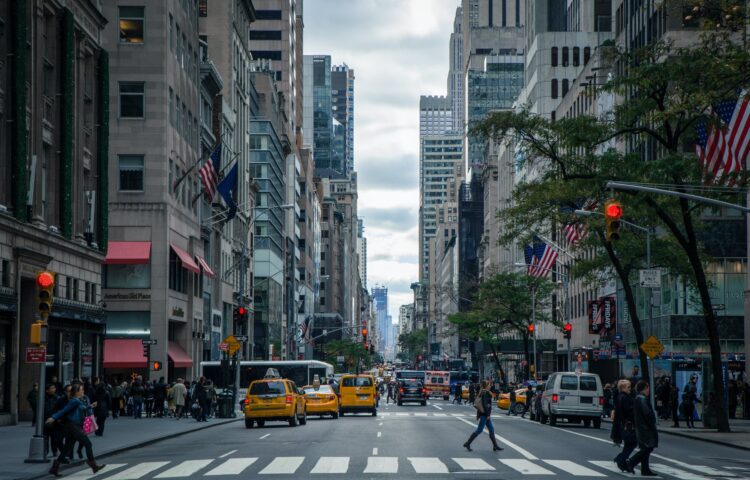
Density is a major factor in spreading the coronavirus and New York has its fair share of packed districts, Gertrude Robertson says. However, in the months ahead, the state will be much quieter in foot traffic, gatherings, and blasting car horns; people are surely going to be reluctant to resume their previous lives and habits immediately.
Everywhere you look, an inevitable emptiness is bound to be witnessed. Trains, buses, and taxis will have an abundance of empty seats, as residents become hesitant to enter confined quarters with other people nearby. Workers, especially those who are in a crowded atmosphere (restaurant servers, theater personnel, and nightspot promoters), are not exactly going to be racing into the building or ecstatic about their shifts. Tourists will put New York travel arrangements on the back-burner for quite some time. Those who evacuated New York during the pandemic’s darkest hours may not see an incentive to return any time soon.
On this matter, it is also important to note that plenty of people will be less inclined to head out because they will not fully enjoy themselves. Social distancing measures will continue to be obeyed, gatherings will be limited in terms of the headcount and daily updates, that announce changes in the rules, are on the horizon.
New York City’s Central Park, for instance, is reducing its access and Mayor Bill de Blasio has decided to deploy police officers to keep the numbers down in the popular Sheep Meadow. Police officers have also been instructed to break up large gatherings without giving citations and are no longer asked to enforce orders calling on people to wear face coverings when proper social distancing is unmanageable.
Final Thoughts from Gertrude Robertson
Whether it is the latest restrictions or the constant wondering as to what they are, New York will be home to an almost eerie silence because a sizeable chunk of the population will initially choose to be indoors.
When will it end? Gertrude Robertson speculates that restrictions will not lift entirely until we have adequate treatment for the virus and/or a vaccine. We are about to enter “the new normal” in the wake of COVID-19 and there is no telling how long it will last. But as a society, we will overcome the crisis. We just have to have patience.
 Hi Boox Popular Magazine 2024
Hi Boox Popular Magazine 2024
